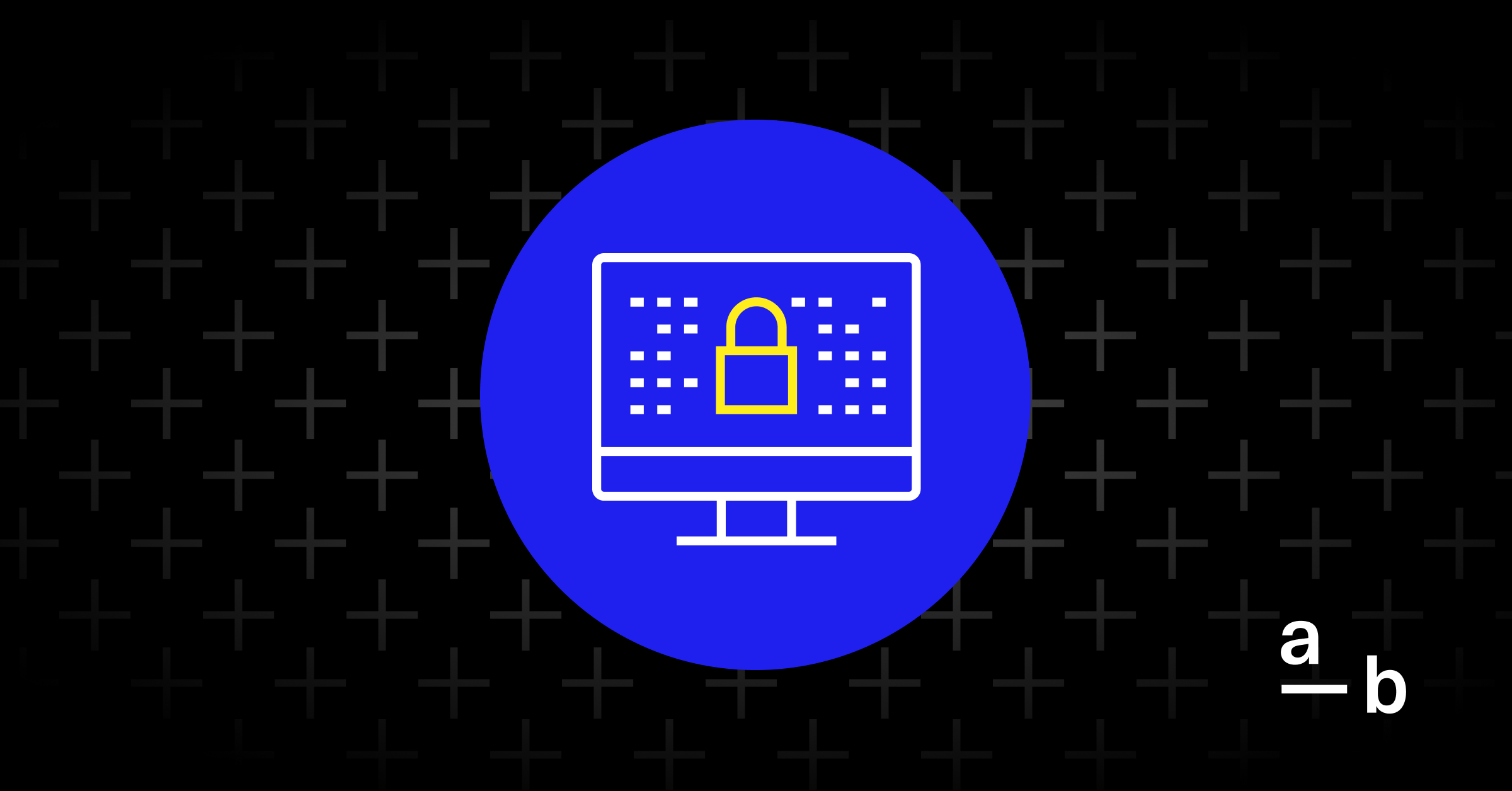Article
Cyber Extortion and How to Get Protective Coverage With Insurance
Stay safe from this increasingly common attack method
In the technology era, cybercrime is an ever-present threat, and businesses need to be protected against evolving attack methods like cyber extortion.
Cyber extortion is like a digital “protection racket” reminiscent of old-school organized crime tactics. In a protection racket, criminals would demand payment from businesses in exchange for “protection” from potential harm or sabotage. Similarly, threat actors committing cyber extortion will leverage online threats and attacks to coerce organizations into paying a ransom to avoid data breaches, disruption of computer systems, or reputational damage.
This type of attack is on the rise. Cyber extortionists are creative, using a variety of cyberattack methods to extort money or valuable assets from organizations. Here’s the low down on cyber extortion attacks, their relationship with ransomware, and the crucial role of cyber insurance in protecting businesses from this growing threat.
Cyber Extortion Defined
Cyber extortion is the act of using threats, blackmail, or disruption of digital operations to coerce individuals or organizations into paying a ransom or handing over valuable assets. Just as mobsters of the past extorted businesses for financial gain, cybercriminals now exploit vulnerabilities in operating systems, using fear and intimidation to extort money or sensitive data from their victims.
The broad category of “cyber extortion attack” encompasses multiple forms of digital extortion tactics, including ransomware attacks, distributed denial-of-service (DDoS) attacks, blackmail, and data breaches. This attack type can have severe consequences, leading to financial losses, reputational damage, and legal complications.
Cyber Extortion vs. Ransomware
Although cyber extortion and ransomware are sometimes used interchangeably, they have distinct differences.
Ransomware is a technique that falls within the umbrella of cyber extortion. It describes a specific type of malware, or malicious software, often delivered to targets via social engineering tactics like phishing. It’s designed to extort money from victims by encrypting their files or denying access to their operating systems until a ransom demand is paid, after which threat actors typically provide a decryption key to restore access to the encrypted files or computer systems. Ransomware attacks have gained significant attention in recent years due to their widespread impact on organizations of all sizes and sectors.
Cyber extortion also involves a ransom demand but encompasses a wider range of attack methods beyond just ransomware. It includes threats of exposing sensitive data, conducting DDoS attacks to disrupt operations, or demanding payment to prevent a security breach. Cyber extortion attacks can lead to severe consequences:
- The exposure of private information can cause damage to a company’s reputation, loss of customer trust, and potential legal liabilities.
- DDoS attacks can overload a company’s servers, rendering their websites and online services inaccessible.
- The threat of a security breach can force victims to choose between the financial cost of paying a ransom or potentially facing significant reputational and legal consequences.
Examples of Cyber Extortion Incidents
Numerous cases of cyber extortion have made major headlines in recent years. Perhaps the most noteworthy was the Colonial Pipeline attack in 2021, a ransomware attack with widespread impact in which hackers disrupted fuel supplies and sent a hefty ransom demand to restore operations.
Another prominent incident was the 2022 data breach of Portugal’s Impresa media outlets, in which cyber extortionists threatened to leak stolen data unless the victim paid a ransom. The attackers claimed that they gained access to the company’s sensitive information through third-party provider Amazon Web Services (AWS), and the attack caused temporary downtime for multiple of the organization’s websites.
In 2023, Microsoft confirmed that widespread outages to Azure and Microsoft 365 were caused by DDoS attacks. It’s believed that threat actors used botnets and other tools to launch multiple simultaneous attacks to disrupt the organization’s services.
These cases highlight the variety of techniques and motivations behind cyber extortion, but it’s also important to note that most of these attacks do not make the news — yet they are equally devastating, especially for small businesses.
Cyber Insurance Offers Protection from Cyber Extortion & Ransomware
The increasing frequency and sophistication of cyberattacks mean protection isn’t optional. Insurance plays a crucial role in mitigating the risk of cyber extortion and ransomware, providing coverage for the financial, reputational, and legal support needed after these attacks, including:
- Financial Coverage: Cyber insurance can cover the costs associated with responding to and recovering from cyber extortion incidents or ransomware attacks. This may include expenses related to negotiating and paying a ransom as well as the costs of hiring cybersecurity experts, legal counsel, and public relations support. Additionally, cyber insurance may cover the loss of income resulting from business interruption caused by downtime after an attack.
- Data Recovery and Restoration: In the event of cyber extortion or ransomware, cyber insurance policies can cover costs associated with restoring and recovering stolen data that may have been compromised, encrypted, or destroyed in the attack. This can help businesses rapidly return to normal operations without overstraining their finances.
- Forensic Investigations: Cyber insurance can cover the expenses needed to conduct forensic investigations to determine the cause, extent, and impact of the incident. This is critical for understanding the nature of the attack and implementing measures to prevent future occurrences.
- Reputational Damage Mitigation: Businesses that fall victim to cyber extortion or ransomware attacks often suffer reputational damage. This can be especially devastating for small businesses, which don’t have the brand recognition of larger companies, meaning one negative social media post or review could seriously influence customer perception. Cyber insurance can cover costs associated with engaging public relations and crisis management services to mitigate the negative impact on the business’s image and reputation.
- Legal Support and Regulatory Compliance: Cyber insurance can provide coverage for legal expenses incurred in responding to cyber extortion and ransomware incidents, including costs related to regulatory investigations and compliance with data breach notification laws. This coverage can help businesses navigate legal complexities and ensure they meet their regulatory obligations.
- Risk Management and Prevention Support: Many cyber insurance providers offer resources and guidance to help businesses enhance their cyber resilience and reduce the risk of cyber extortion. This can include access to cybersecurity best practices, risk assessment tools, and training programs to educate employees about cyberthreats and prevention measures.
Make sure to partner with a cyber insurance provider that offers coverage for cyber extortion and ransomware incidents, and look for a policy that includes not just financial protection, but also support for incident response like data recovery, forensic investigations, reputational damage, legal compliance, and ongoing risk management tools and resources. An effective cyber insurance policy can help businesses mitigate the disruptive and costly effects of cyber extortion, minimizing the impact on their operations and finances.
Beyond what a traditional insurance carrier can offer, an InsurSec provider can equip businesses with end-to-end protection against cyber extortion, ransomware, and other cyberthreats by combining insurance and security into one integrated solution. By working proactively with customers to implement strong security measures, InsurSec helps customers prevent attacks in addition to covering financial losses in the event of an incident.
Get Coverage for Cyber Extortion with At-Bay
At-Bay is the InsurSec provider for the digital age, combining industry-leading insurance with world-class cybersecurity technology. Cyber insurance policies placed through At-Bay are specifically tailored to address the evolving risks faced by small to medium-sized businesses — including cyber extortion and ransomware attacks — by helping customers implement strong security measures to reduce their cyber risk, offering timely incident response, and providing financial support in the event of an attack.
Don’t leave your business vulnerable to cyber extortionists — invest in comprehensive cyber insurance coverage to safeguard your operations and reputation. Talk to your authorized insurance representative to learn more about At-Bay’s Cyber insurance. If you’re an At-Bay broker, log in to the Broker Platform to start quoting.








